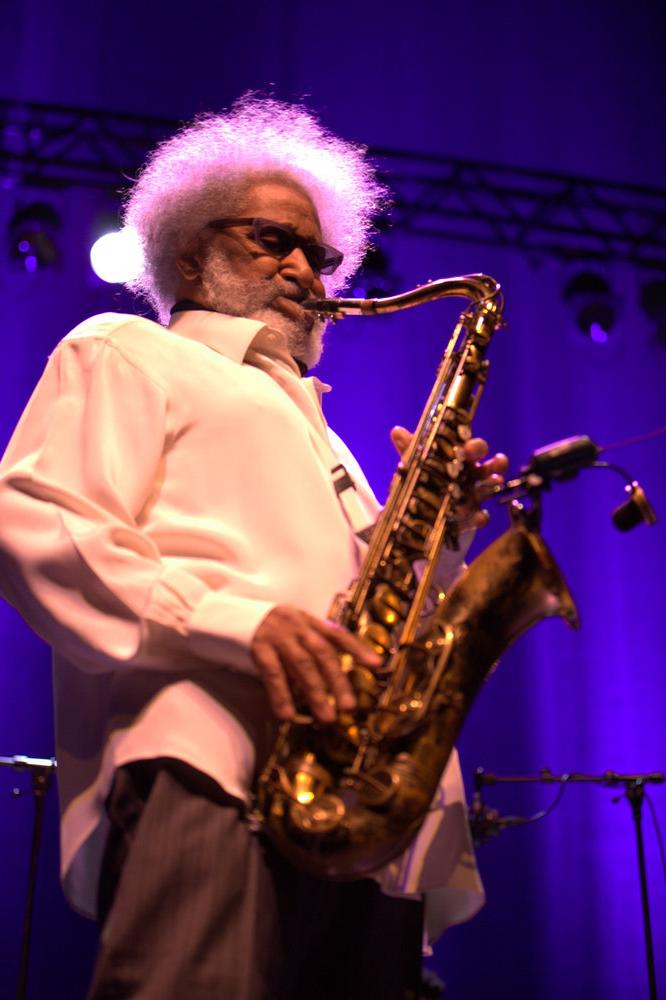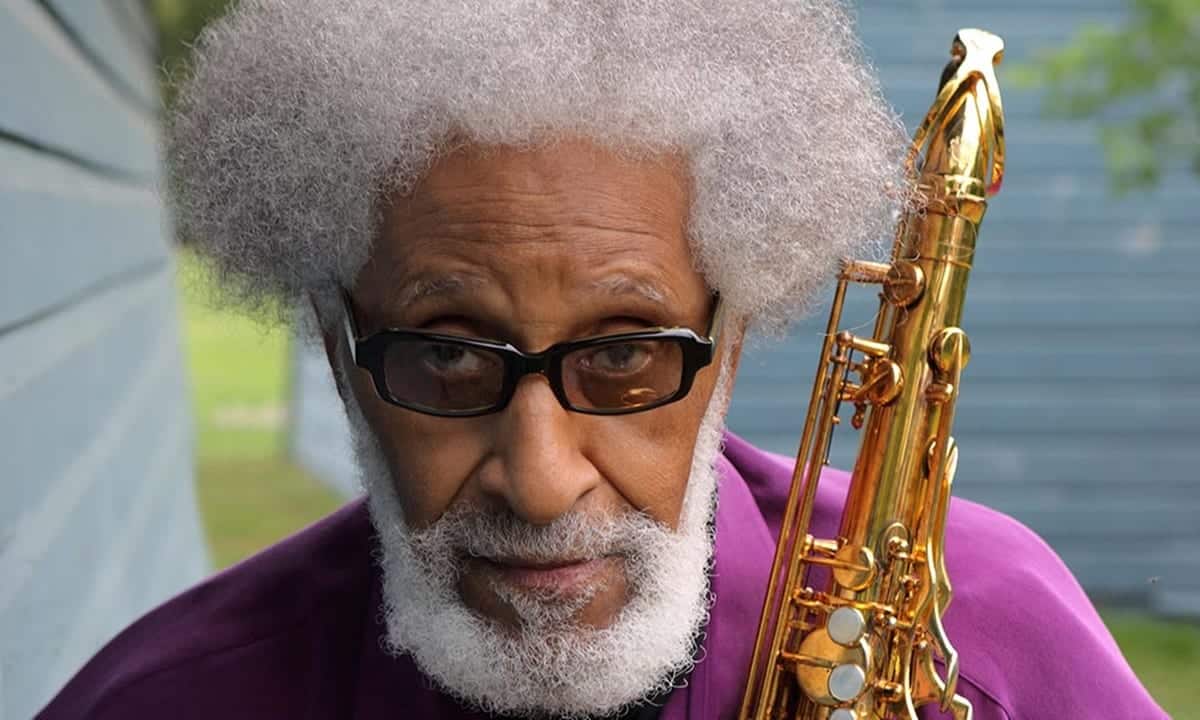Born on September 7, 1930, in New York City, Theodore Walter “Sonny” Rollins would grow up to become one of the most revered and influential figures in the history of jazz music. His journey from a young saxophonist in Harlem to an internationally acclaimed jazz titan is a testament to his remarkable talent, perseverance, and restless creative spirit.
Rollins was introduced to music at an early age, with his mother being a pianist and his older brother, Valdemar, playing the alto saxophone. Inspired by his brother, Sonny began playing the alto saxophone himself at the age of seven. However, it was when he switched to the tenor saxophone a few years later that his musical voice truly began to emerge.
In his teenage years, Rollins was already making waves in the vibrant jazz scene of Harlem. He honed his craft alongside luminaries such as Thelonious Monk, Bud Powell, and Miles Davis, absorbing the bebop innovations that were sweeping through the jazz world. His early recordings with the likes of J.J. Johnson and Charlie Parker showcased his prodigious talent and marked him as a rising star in the jazz community.
Rollins’ musical journey was not without its challenges. Struggling with addiction in his early career, he famously took a two-year hiatus from performing and recording in the late 1950s to focus on overcoming his personal demons. This period of self-imposed exile, spent practicing tirelessly on the Williamsburg Bridge in New York City, would become legendary in jazz lore and solidify Rollins’ reputation as a dedicated artist committed to his craft.
Emerging from his hiatus revitalized and refocused, Rollins returned to the jazz scene with a vengeance. His iconic recordings from the late 1950s and early 1960s, including “Saxophone Colossus,” “Way Out West,” and “The Bridge,” showcased his boundless creativity, technical prowess, and distinctive improvisational style. With his robust tone, rhythmic ingenuity, and relentless exploration of harmony, Rollins pushed the boundaries of jazz and earned a place among the pantheon of the genre’s greatest innovators.
Throughout his career, Rollins remained true to his restless spirit, constantly seeking new avenues of expression and collaboration. He delved into world music, incorporating elements of Caribbean rhythms, African percussion, and Eastern modalities into his playing. He collaborated with a diverse array of musicians, from jazz legends like Max Roach and John Coltrane to avant-garde pioneers like Ornette Coleman and Don Cherry, always pushing himself and his collaborators to new heights of artistic achievement.
Beyond his musical contributions, Rollins’ generosity and humility endeared him to fans and fellow musicians alike. Despite his towering stature in the jazz world, he remained approachable and down-to-earth, always willing to share his knowledge and wisdom with younger generations of musicians.
Today, at the age of [current age], Sonny Rollins’ legacy looms large over the world of jazz. His recordings continue to inspire and influence musicians across genres, and his fearless pursuit of musical innovation serves as a guiding light for aspiring artists everywhere. Whether he’s blowing fiery solos on stage or offering sage advice to a young musician, Sonny Rollins remains a true colossus of jazz, a living embodiment of the music’s enduring power and beauty.


No responses yet